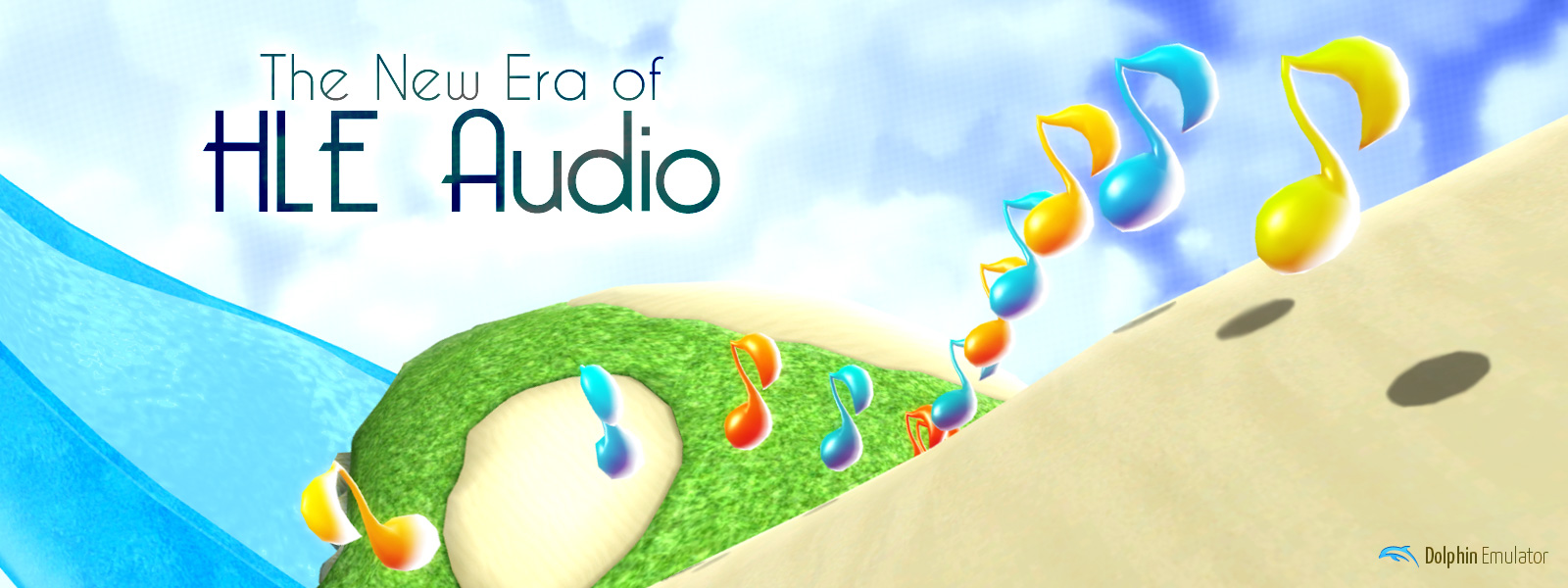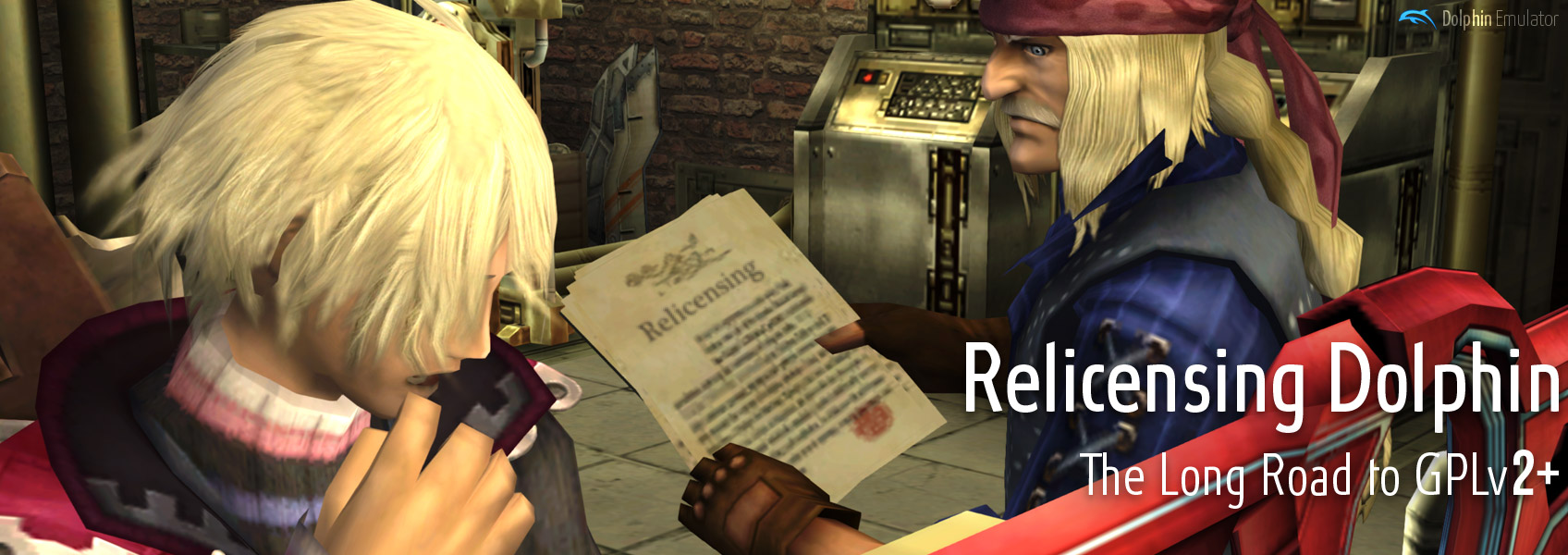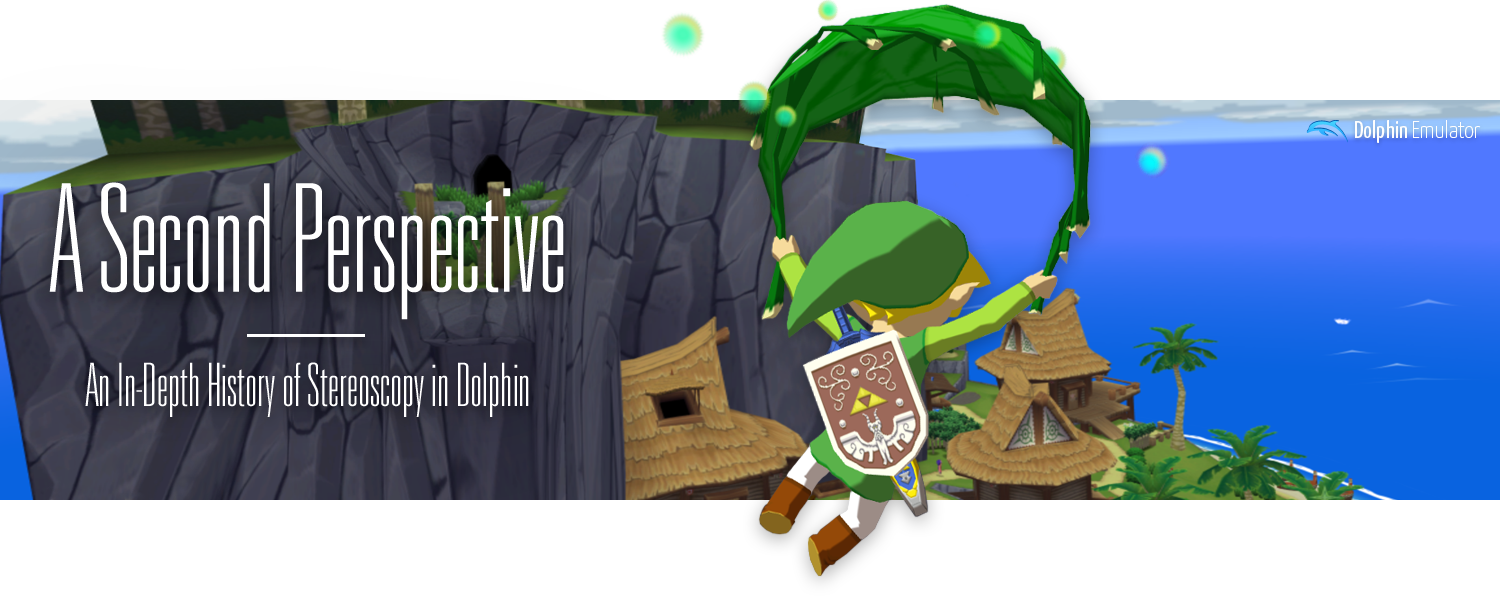In early 2013, Dolphin had began its first steps in a new focus on accurate emulation. The 3.5 release represented a shift in the emulator's focus, and as such, saw great improvements in terms of compatibility and accuracy over the previous release. But one area that stuck out like a sore thumb during this era was the quality of High Level Emulation (HLE) audio. Hundreds of games suffered from crashes associated to audio, and thousands had significant problems, with missing effects, incorrect volume, and random bursts of …
Continue reading
You can continue the discussion in the forum thread of this article.
Since the release of Dolphin 4.0, things have advanced quite a bit. With compatibility rising to their highest levels yet alongside features that seemed impossible and extravagant, users have been asking about the next stable for almost a year now. For previous releases, including Dolphin 4.0, the staff mostly ceased work on new features while crashes and regressions were addressed. In the case of working toward Dolphin 5.0; there were just too many interesting and exciting features on the way to risk stalling out by asking developers …
Continue reading
You can continue the discussion in the forum thread of this article.
As the twilight of the Dolphin 4.0 era approaches, code cleanup and regression hunting have become a high priority, fixing the serious and minor issues that have cropped up over the past year and a half that remain unaddressed. From remedial problems such as INI issues to Real Wiimotes issues on OS X, a lot of those important minor issues have been tackled. As if that wasn't enough, there are still exciting developments within several core features to keep users satiated in this month's Progress Report.
…
Continue reading
You can continue the discussion in the forum thread of this article.
After a slow April month, a chaotic May more than makes up for it. On top of working on an emulator, developers had their hands full with relicensing. It's always a good month when you can look back at the issues that were fixed and go "phew," hoping to never, ever encounter anything like that ever again.
A wide variety of issues, features and enhancements saw important updates this month that increase playability and make the emulator more robust. Please enjoy this month's progress report!
Continue reading
You can continue the discussion in the forum thread of this article.
Since its resurfacing as an open source project in 2008, Dolphin has been licensed under the GNU General Public License version 2 (GPLv2). This license, created in 1991, is still a fairly common license used in the open source world. But as with anything that deals with technology, times are changing at a rapid rate. More recent projects are using GNU Public License version 3 and Apache 2.0, for their additional freedoms, protections from outside liability, and improved inter-license compatibility. Unfortunately these newer licenses …
Continue reading
You can continue the discussion in the forum thread of this article.
Videogames are interactive experiences with emotional highs and lows, providing players with thrilling experiences alongside wondrous vistas. The greatest games can leave lifelong impacts on their players long after the controller is put down.
Emulators serve as a convenient way to relive those past experiences and rediscover hidden gems from one's childhood. But what if an emulator could not only recreate those moments, but enhance them by pushing the games you know and love to new heights? At what point do people say that the must-play …
Continue reading
You can continue the discussion in the forum thread of this article.
On the one year anniversary of the Dolphin Progress Report, we have a fairly slow month in terms of emulation development. While there are certainly some big things on the horizon, unfortunately development managed to hit one of the gaps where there were mostly some fix-ups and optimizations this month with only a few changes that users will notice.
With that, let's take a look at this month's notable changes.
Notable Changes
You can continue the discussion in the forum thread of this article.
Console add-ons and linking emulation are almost always difficult tasks. Worse yet, availability, software support, cost, and even popularity can limit the ability to get these hardware add-ons documented and emulated. While their are numerous examples spanning tons of consoles and their respective emulators, this month, we're talking about GameCube to Game Boy Advance Connectivity.
Timings and synchronization are a given on real hardware; games know how it's going to work and many expect it to always work perfectly. When it doesn't? Certain games break. Now imagine a …
Continue reading
You can continue the discussion in the forum thread of this article.
Software licensing has been a way to control not only the quality of products for game consoles, but also limit what developers could do. From the Nintendo Entertainment System onward, Nintendo has used a variety of lockout chips and DRM in order to make sure all of the products on their consoles had the Nintendo Seal of Approval. Their efforts kept quality much higher than in the previous era of gaming, but did not completely stomp out all unlicensed products and games. For the GameCube, Wii, and many other …
Continue reading
You can continue the discussion in the forum thread of this article.









